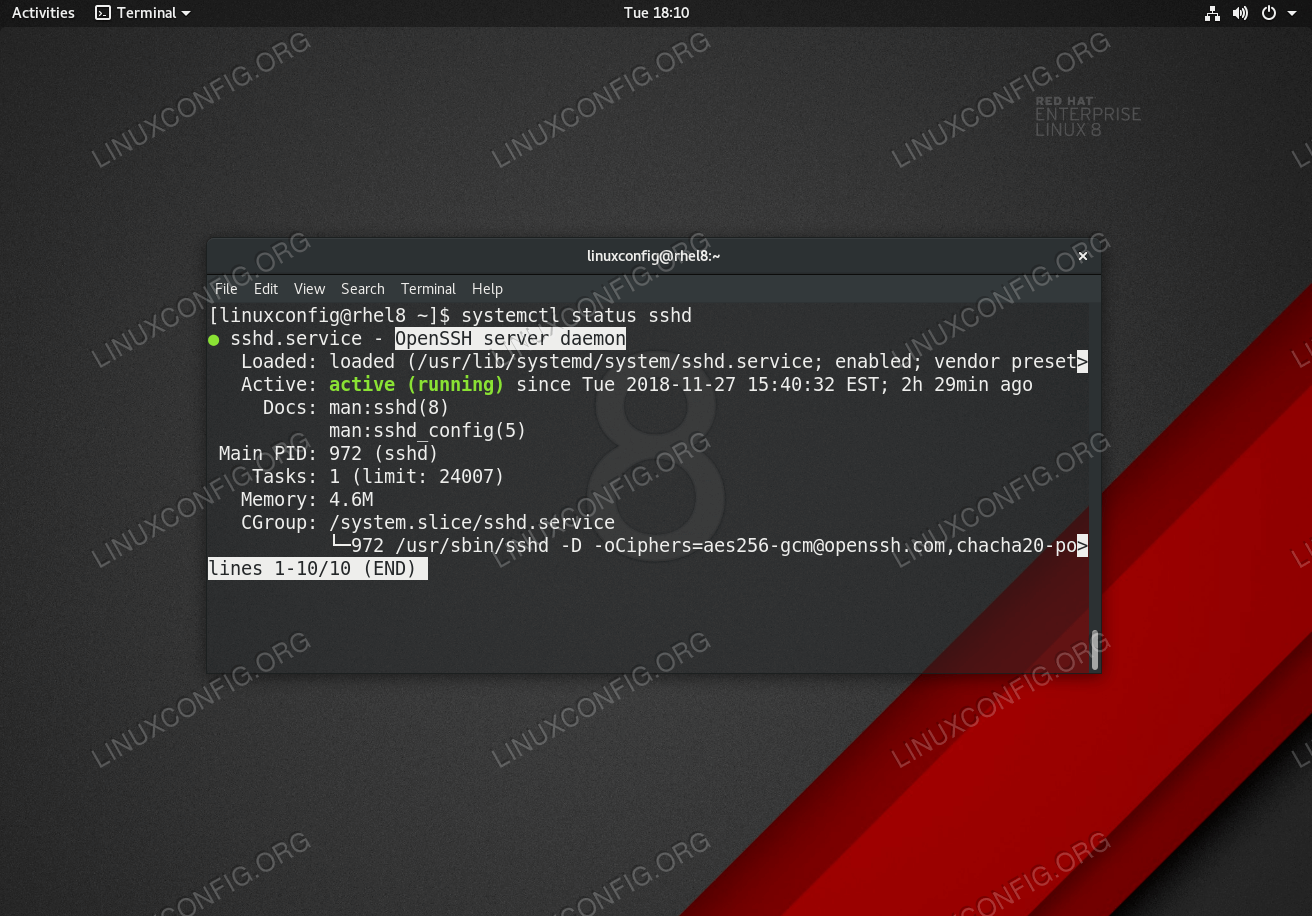

#Red hat enterprise linux server install
With a little elbow grease and Ansible DevOps, you can have your containers checked with your favorite container registry and pull down and install the release of your favorite container image. Its best improvement is you can do automatic container image updates.

Now, no matter where your containers live - locally, data center, or cloud, Podman 3 enables you to manage them. RHEL 8.4's Podman, Red Hat's open standards-based container engine for hybrid cloud container management, has also been improved. For edge computing, UBI is now available in a lightweight (micro) image. With UBI you can now more easily pick and choose what operating system features, such as SELinux security, you want to retain in your container Linux. The Red Hat Universal Base Image (UBI), which lets you build small RHEL instances for running inside containers, has also been enhanced. That's handy for when you want to maintain a common foundation across disconnected edge environments. RHEL 8.4's Image Builder now supports the creation of installation media tailored for bare metal. Besides RHEL 8.4, this includes the new Red Hat OpenShift Plus, which includes support for 3-node clusters and remote worker nodes, making it possible to deploy Kubernetes on low-powered edge equipment. To manage it, Red Hat proposes that you use its software, with RHEL 8.4 as its foundation for your edge-ready technology stack.

A recent Linux Foundation study, 2021 State of the Edge, predicts that by 2025, between the Internet-of-Things (IoT) and edge-related devices we'll need to deal with about 90 zettabytes of data. They have reason to remind IT leaders of this. Today, Red Hat dominates enterprise Linux. From Linux to Cloud, why Red Hat matters for every enterprise


 0 kommentar(er)
0 kommentar(er)
